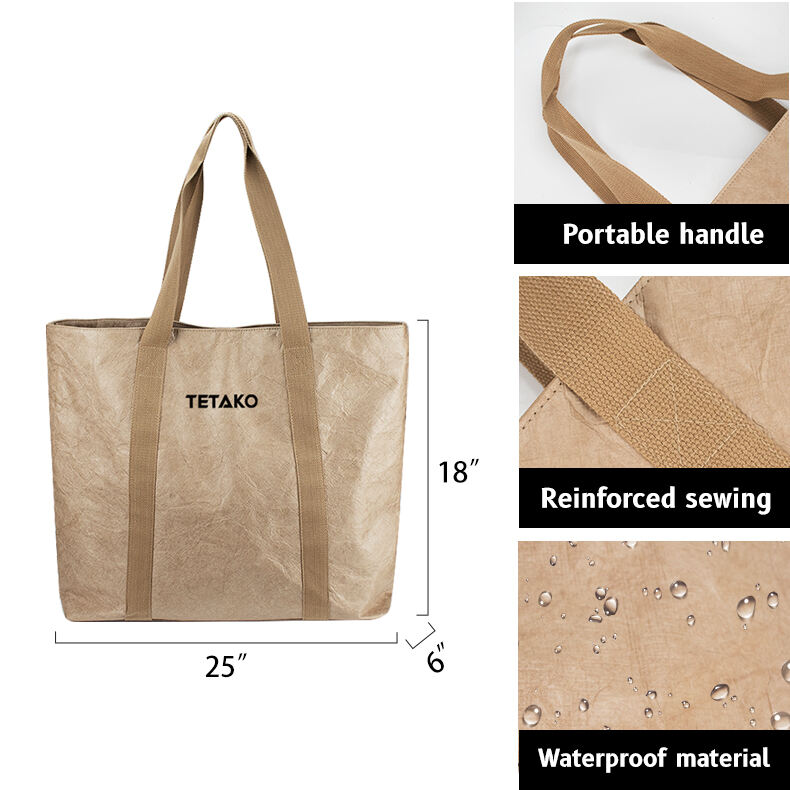Custom Wine Bag: Materials That Preserve Wine Quality
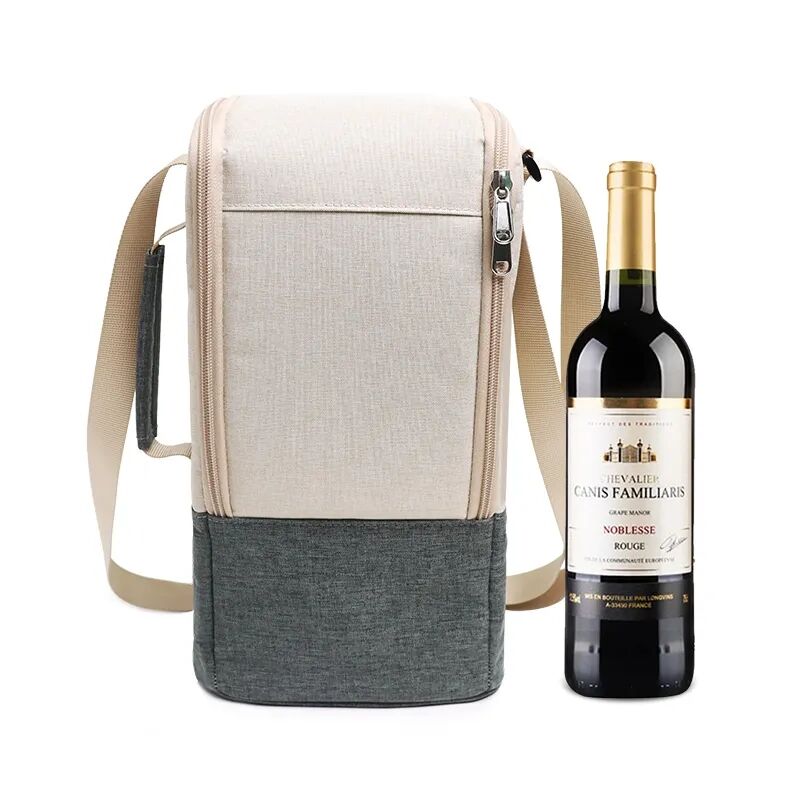
Why Material Choice Matters for Wine Bags
Wine is sensitive to external factors like temperature, light, and impact—even small changes can ruin its flavor, aroma, and texture. Custom wine bags aren’t just for branding or convenience; their core purpose is to protect wine during transport, gifting, or storage. The right material acts as a barrier against heat, UV rays, and bumps, ensuring the wine arrives in the same condition as when it left the cellar.
A 2024 Wine Industry Report found that 68% of wine enthusiasts have experienced spoiled wine due to poor transport packaging, and 83% are willing to pay more for bags that guarantee quality preservation. Custom wine bags let businesses (wineries, restaurants, gift shops) choose materials tailored to their needs—whether for shipping bottles long distances, gifting premium wines, or carrying wine to picnics. Material selection directly impacts customer satisfaction, as it shows a commitment to protecting the product’s integrity.
Top Materials for Preserving Wine Quality
Insulated Neoprene
Neoprene is a top choice for temperature-sensitive wine transport. This synthetic material traps air to create a thermal barrier, keeping wine cool in hot weather and preventing freezing in cold conditions. It maintains a stable temperature for 4–6 hours, making it ideal for picnics, beach trips, or short deliveries. Custom neoprene wine bags can be printed with logos, and their flexible yet durable texture resists tears and water—protecting bottles from both heat and spills. Wineries often use neoprene bags for wine tastings or customer take-home purchases.
Thick Canvas
Canvas is a classic material for wine bags, valued for its sturdiness and breathability. Made from cotton or cotton blends, thick canvas absorbs shock, reducing the risk of bottle breakage during transport. It doesn’t trap moisture, which prevents mold growth on labels or corks. Canvas is also customizable: it accepts screen printing, embroidery, and dyeing easily, making it perfect for branded wine gifts. While it doesn’t offer insulation, canvas works well for short trips or storage, especially for red wines that don’t require strict temperature control.
Vacuum-Sealed Polyester
Vacuum-sealed polyester is designed for long-distance shipping or premium wine protection. This material has a thin, airtight layer that blocks UV rays (which cause wine to oxidize) and repels water. It’s often combined with a layer of foam for extra cushioning, creating a lightweight yet protective bag. Custom vacuum-sealed polyester bags are popular with online wine retailers, as they keep bottles safe during courier deliveries and can be printed with tracking information or brand messages. They’re also reusable, aligning with eco-friendly business practices.
Jute
Jute is a sustainable option for eco conscious brands. This natural fiber is strong, biodegradable, and has mild insulating properties. Jute wine bags are breathable, preventing condensation that can damage labels, and their rough texture provides a non-slip grip. They’re often used for gifting organic or biodynamic wines, as the material reflects the brand’s environmental values. Custom jute bags can be reinforced with cotton lining for extra durability, and their natural beige color offers a rustic, premium look that appeals to wine lovers.
Customization Features That Enhance Material Performance
Even the best materials work better with thoughtful customization. For insulated neoprene bags, adding a zippered closure instead of a drawstring improves thermal retention by sealing in cool air. Canvas bags benefit from internal dividers—separating bottles to prevent clinking and breakage. Vacuum-sealed polyester bags can include handle straps padded with foam for comfortable carrying, while jute bags often have leather or cotton handles to reinforce strength.
Branding also plays a role in functionality. Custom wine bags with clear windows let customers see the bottle label without opening the bag, reducing exposure to air. Bags with adjustable straps make transport easier, whether carried by hand or over the shoulder. For wineries, adding a small pocket for wine openers or tasting notes enhances the customer experience while keeping the focus on wine protection.
How to Choose the Right Material for Your Custom Wine Bag
The best material depends on how the bag will be used. For outdoor events or warm climates, prioritize insulated neoprene. For branded gifts or short trips, thick canvas or jute works well. For shipping or premium wines, vacuum-sealed polyester is the top choice. Consider the wine type too: white and sparkling wines need insulation, while reds can use breathable materials like canvas.
Budget is another factor: neoprene and vacuum-sealed polyester cost more than canvas or jute, but they offer better protection for high-value wines. Customization options also vary—canvas and jute accept embroidery easily, while neoprene and polyester work best with screen printing. Always test material samples with your wine bottles to ensure a snug fit, as loose bags increase the risk of breakage.
Case Example: Winery’s Custom Neoprene Wine Bag Success
A family-owned winery in California wanted to improve customer satisfaction with take-home purchases. They switched from generic paper bags to custom neoprene wine bags, printed with their logo and a message about wine preservation. The bags included zippered closures and internal dividers for two bottles.
Customers reported that their wine stayed cool during summer drives, and label damage from spills decreased by 90%. The winery saw a 35% increase in repeat purchases, as customers appreciated the practical, branded bags. The neoprene bags also became a marketing tool—customers used them for picnics, spreading brand visibility. Within a year, the winery’s gift bag sales doubled, proving that material quality and customization drive both customer loyalty and revenue.



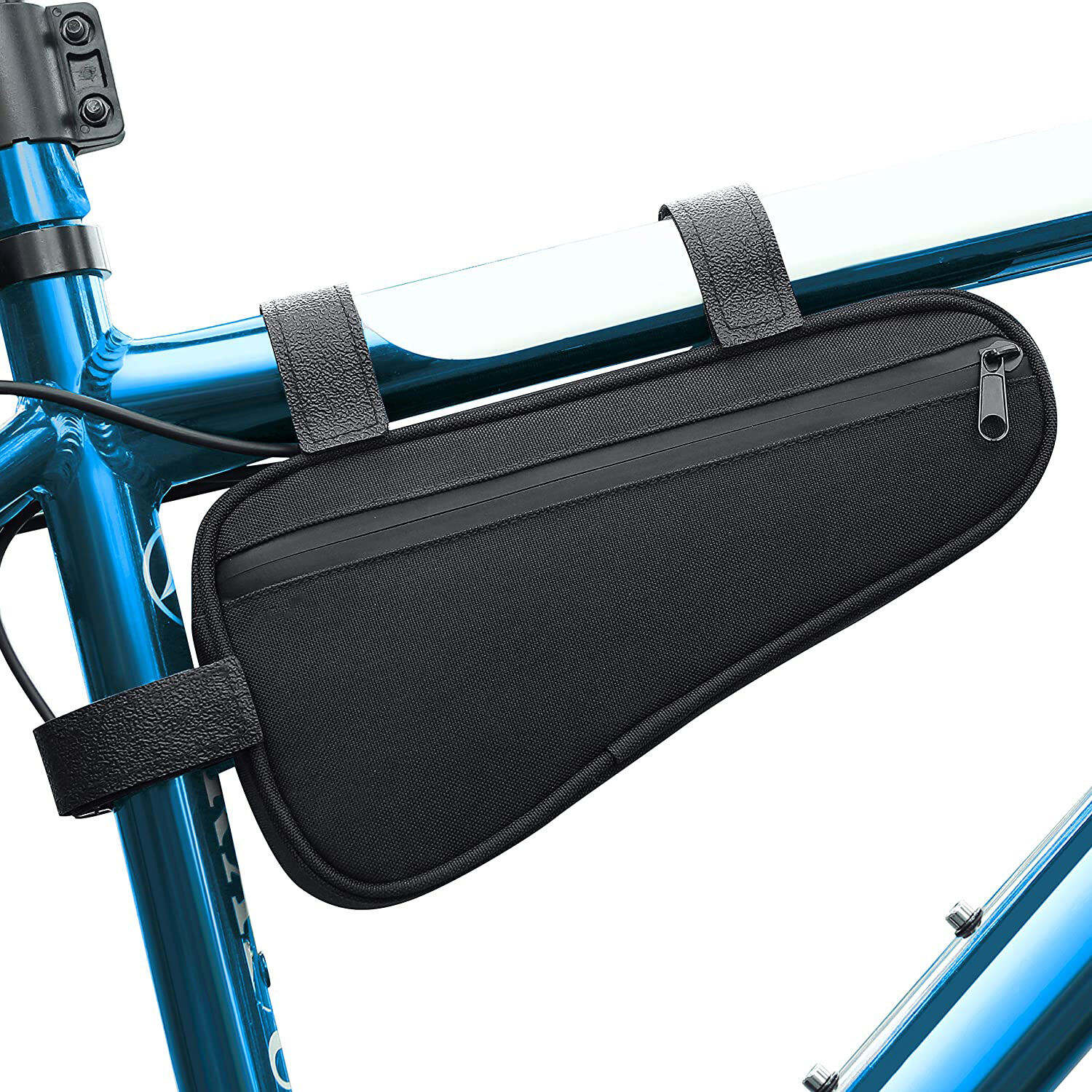
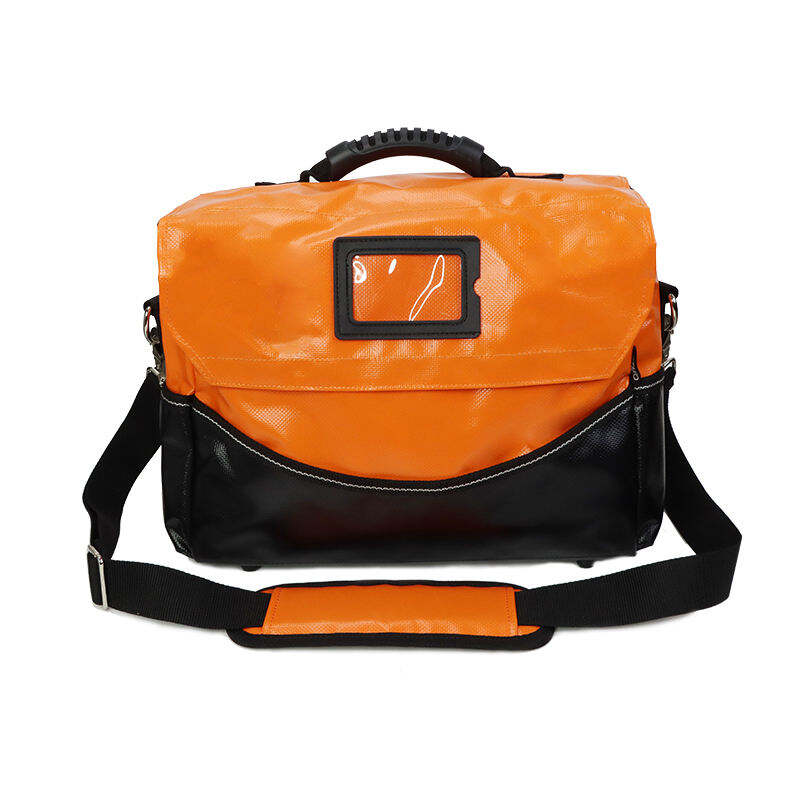
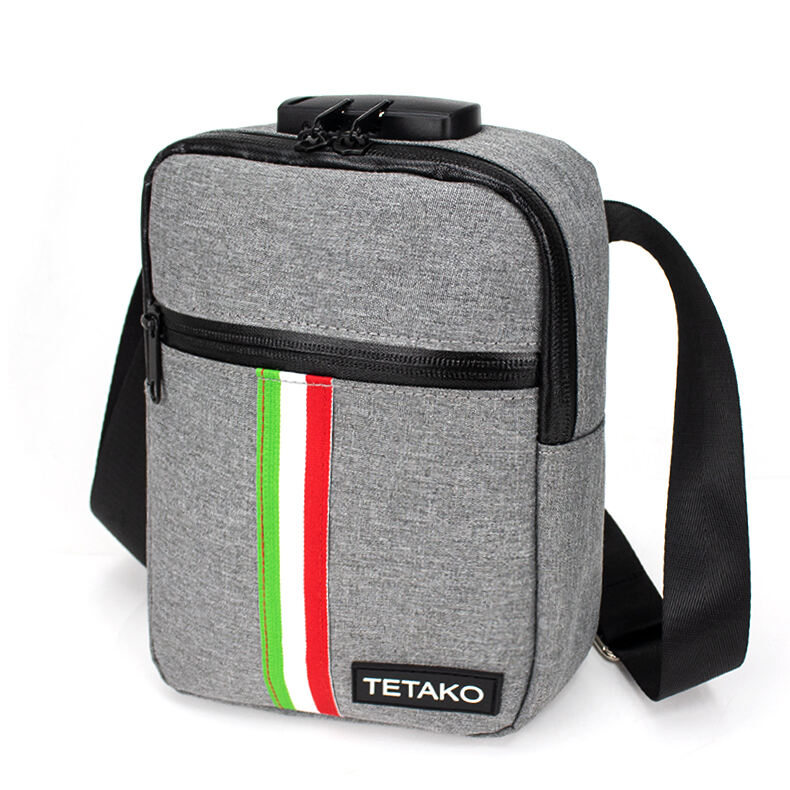
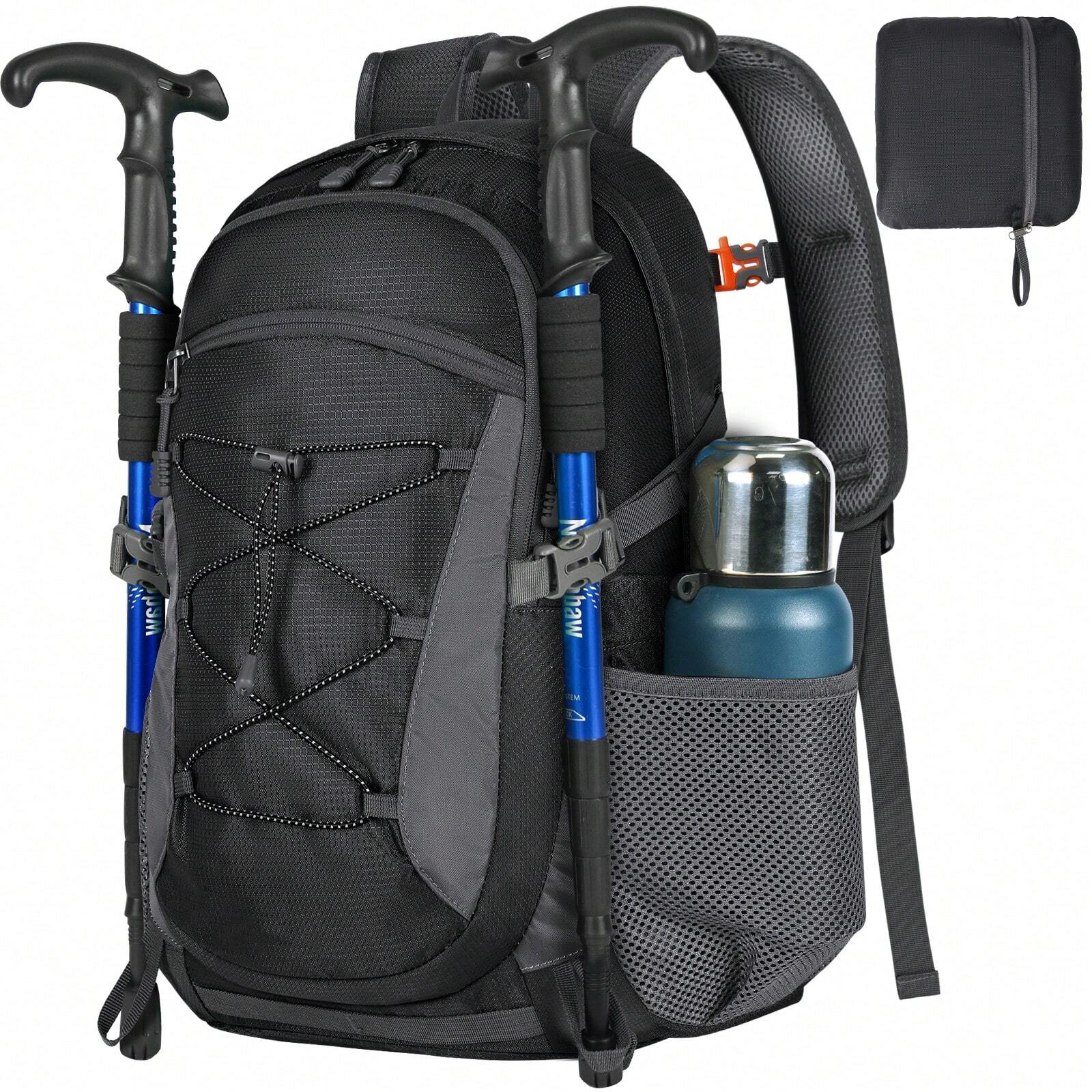

 Hot News
Hot News